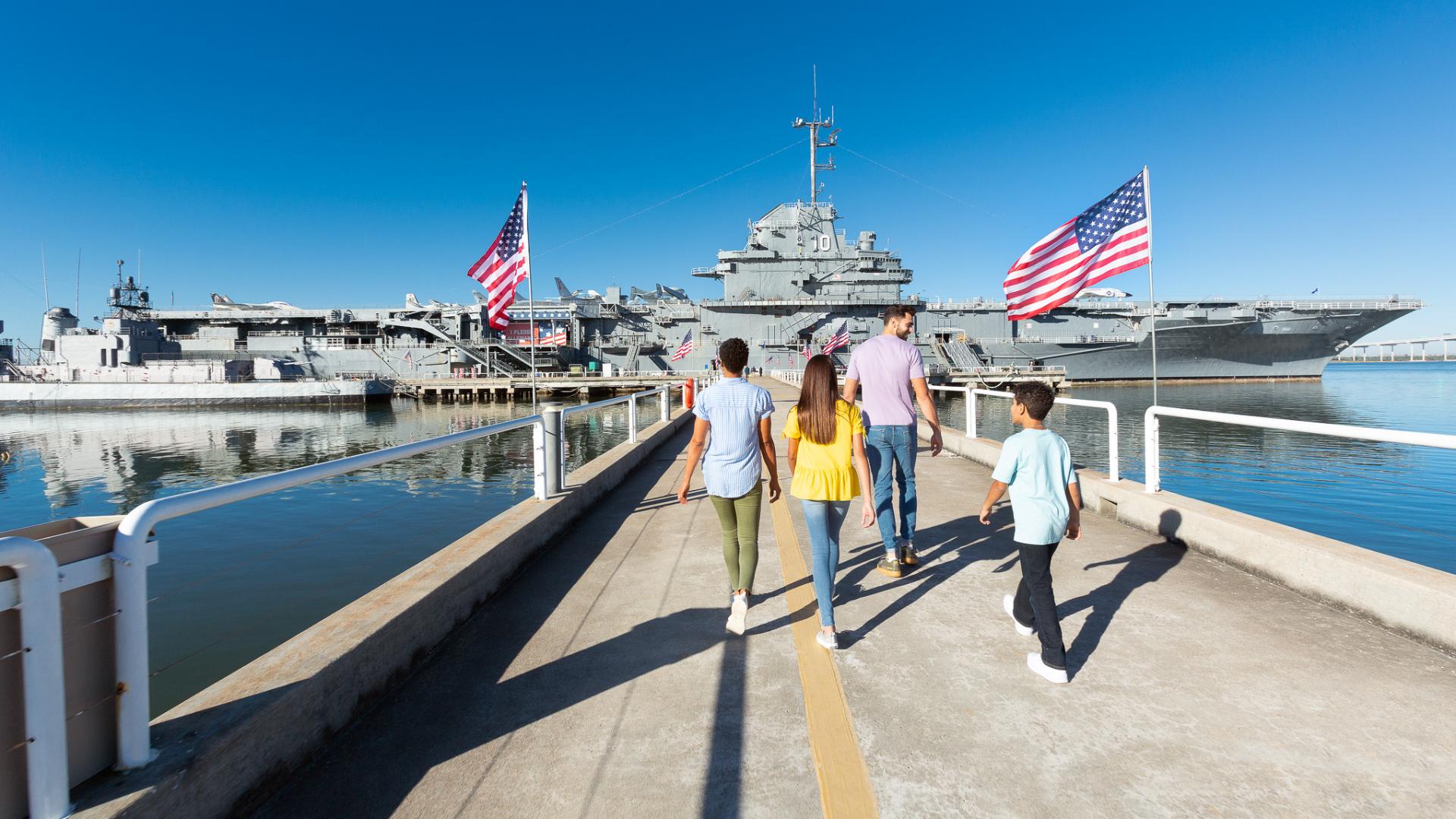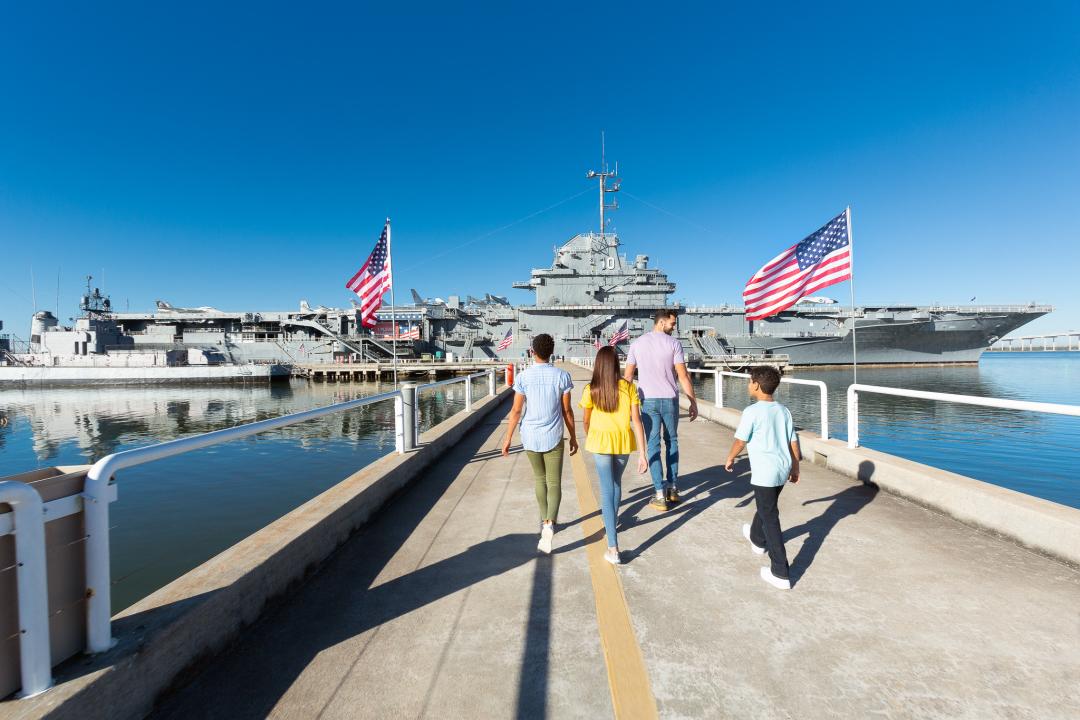
On 20 July 1969 one of the most amazing events in the history of mankind happened, when Americans Neil Armstrong and "Buzz" Aldrin landed on the moon! At 3:06 PM, Central Time, Eagle (lunar module's name) began her descent from 50,000 feet altitude (nine miles above the lunar surface) and the LM (lunar module) windows faced the moon. Mission commander Neil Armstrong looked down on his checkpoint craters and noticed that they were appearing two seconds ahead of schedule as Eagle sped along at a mile a second (this meant they would land two miles past their intended landing site in the Sea of Tranquillity). Armstrong radioed Houston, "Our position checks downrange show us to be a little long."
At 46,000 feet the LM rolled on its back so that the radar altimeter could pick up the moon's surface, the Eagle was on autopilot for its approach descent at this point. At 7,500 feet altitude the LM pitched forward and the Eagle crew could now see the surface of the moon.
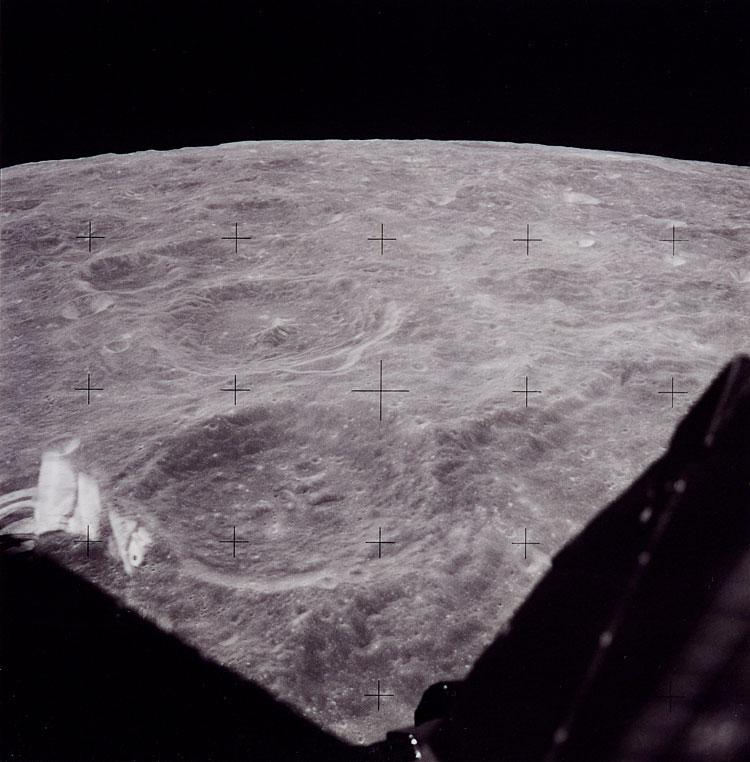
Distracted by computer alarms in the LM and with their descent path being at least two miles long, the crew of Eagle missed their intended landing site. Astronaut Armstrong only saw craters and boulders ahead. He placed Eagle in attitude hold and took over horizontal control. This allowed Neil to steer the LM towards a safer landing site, but it also meant Eagle was now drinking more fuel than planned. In Houston the telemetry and radio chatter told them that Eagle was in trouble. Capcom (Capsule Communicator) Charlie Duke, later Apollo 16 astronaut, told Mission Control Flight Director Eugene Kranz, "I think we'd better be quiet."
As Neil struggled to find a safe landing site, Eagle's fuel quantity burned down. Capcom Charlie Duke radioed Eagle, "Sixty seconds." Only sixty seconds of fuel remained and a safe abort decision would soon be upon the Eagle crew. Duke made a second call, "Thirty seconds." Eagle was now too low to abort (minimum abort altitude was 300 feet) but Neil had spotted a safe spot and guided the LM to it. In a blur of dust and activity Buzz called out, "Contact light." With the slight impact hardly noticed, Neil quickly hit the engine shut off button and called out, "Shutdown."
After the post-landing checklist was complete Neil radioed Houston, "Houston, Tranquillity Base here, the Eagle has landed."
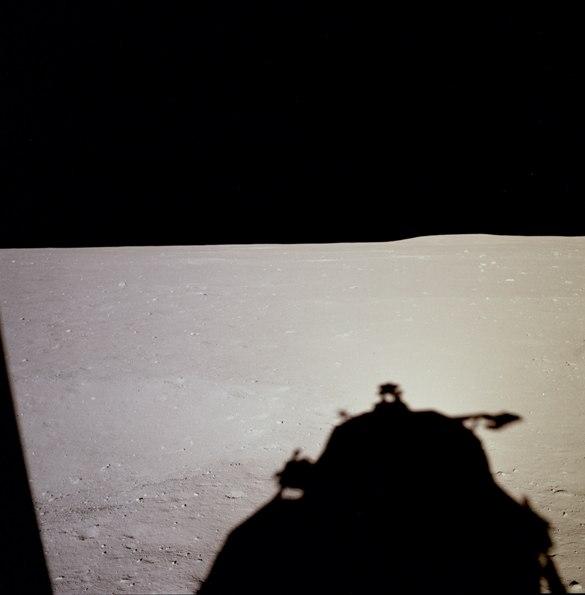
Back in Houston Charlie Duke replied, "You got a bunch of guys about to turn blue. We're breathing again. Thanks a lot." Most people outside of NASA didn't realize what Charlie and others knew, the Eagle had landed with about 15-20 seconds of fuel. Where do we get such men?
Here's an edited video of Eagle's approach, timeline and sequence of events not fully shown as in the storyline above...
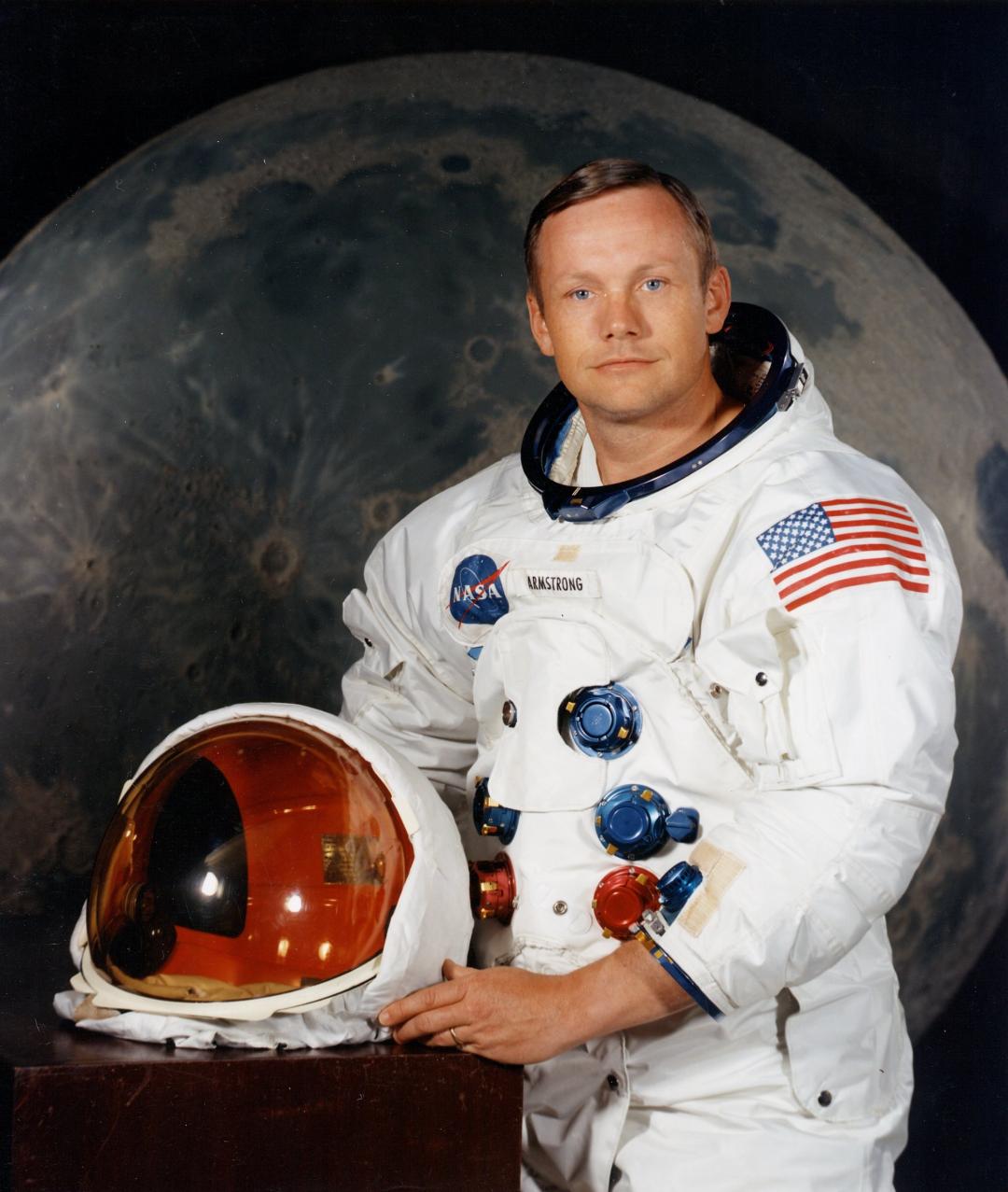
Astronaut Neil Armstrong was born in Wapakoneta, Ohio in 1930. He became an Eagle Scout and earned his pilot's license at age 15. As a naval aviator, Armstrong flew off the USS Essex (CV-9) with VF-51. He flew 78 combat missions over Korea and received the Air Medal with Gold Star, the Korean Service Medal. NASA selected him as an astronaut in September 1962.
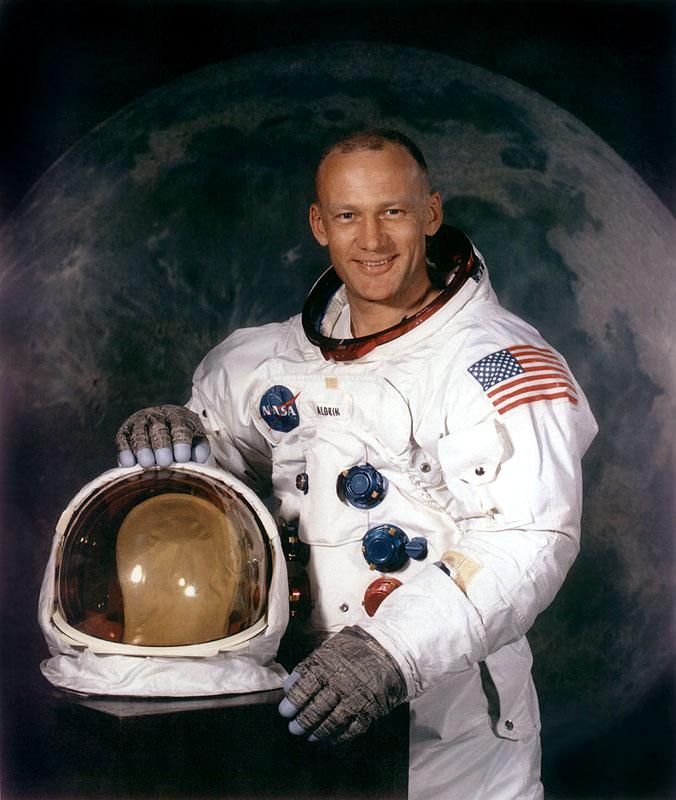
Buzz Aldrin was born in Montclair, New Jersey in 1930. Buzz would attend the United States Military Academy (West Point) and become a fighter pilot in the United States Air Force flying F-86 Sabre jets. He was selected as an astronaut by NASA in October 1963.
Watch below as Neil Armstrong steps onto the surface of the moon on 20 July 1969!
